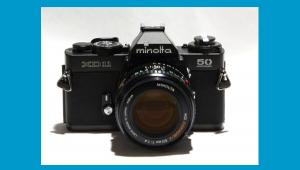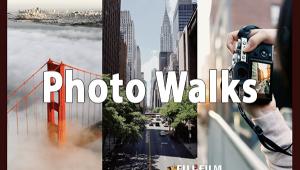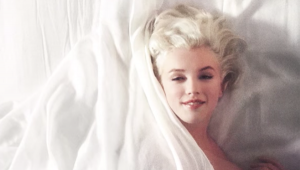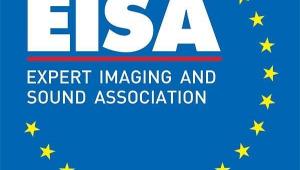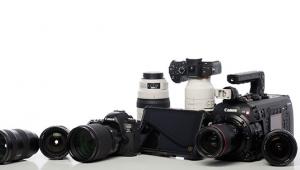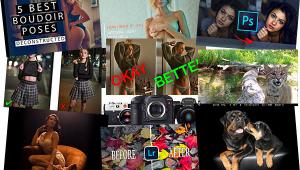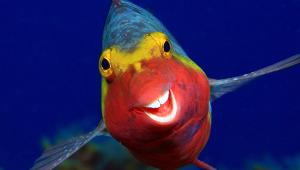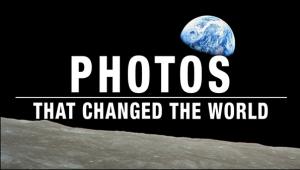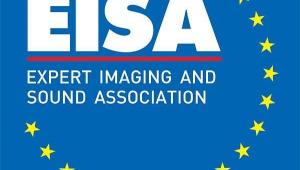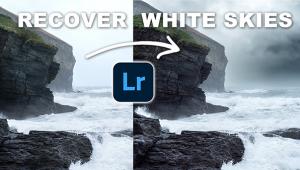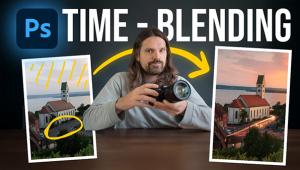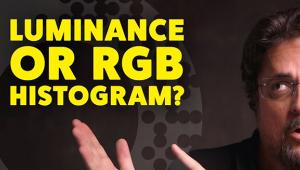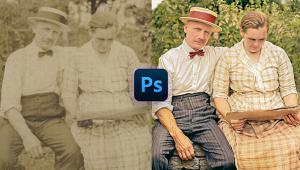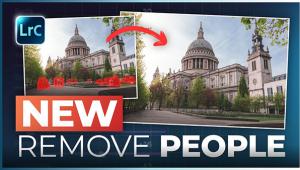Pictorialism at Santa Barbara Museum
 Lost
and Found represents a two-part exhibition of 60 vintage prints from the Dennis
Reed Collection and features works gathered during some 25 years of research and
drawn from a selection of nearly 700 prints. The first installation of the exhibition,
Lost and Found: Japanese American Photographs from the Dennis Reed Collection,
opens August 12 and provides a rare glimpse of 30 photographs by a group of Japanese
Americans who worked during the 1920s and 1930s before they were interned in relocation
centers during WWII.
Lost
and Found represents a two-part exhibition of 60 vintage prints from the Dennis
Reed Collection and features works gathered during some 25 years of research and
drawn from a selection of nearly 700 prints. The first installation of the exhibition,
Lost and Found: Japanese American Photographs from the Dennis Reed Collection,
opens August 12 and provides a rare glimpse of 30 photographs by a group of Japanese
Americans who worked during the 1920s and 1930s before they were interned in relocation
centers during WWII. The second part opening in October, Lost and Found: California Pictorialist Photographs from the Dennis Reed Collection, focuses on those photographers involved in California's Camera Clubs, including Los Angeles Camera Club, the Camera Pictorialists, the Pictorial Photographic Society of San Francisco, and the California Camera Club.
Both exhibitions showcase the photographic movement of Pictorialism that was in vogue from around 1885 through the early years of the 20th century, and declined rapidly after 1914. Pictorialism is a photographic term used to describe images that emphasize the artistic quality of the photograph rather than the scene it depicted, with the primary aim of bringing photography into the fine art realm. Among the distinguishing characteristics of the movement are soft focus, special filters and lens coatings, heavy manipulation in the darkroom, and exotic printing processes. In 1898 rough-surface printing papers were added to the repertoire, to further break up a picture's sharpness. Some artists even "etched" the surface of their prints using fine needles. The overall aim of such technique was to achieve what the 1911 Britannica termed, in discussing Pictorialism, "personal artistic expression."
This movement began its decline as photographers and critics in the 1920s began to embrace a more modernist approach to photographic practice. As such, Pictorialism came to be seen as outdated and even chastised for its embrace of these idealized notions of photography. The trend evolved to an appreciation of more urban, industrial and technological subjects, and a utilization of pure photographic vision through control of perspective and sharp focus.
Enter collector Dennis Reed -- who searched for and saved the Pictorialist photographs that fell out of professional and public popularity. In the case of the first installation, Lost and Found: Japanese American Photographs from the Dennis Reed Collection, many of the Japanese-American photographers were sent to relocation camps during World War II, and in some cases lost their life's work - or their lives - leaving work in the hands of families or friends who had little knowledge of its significance in photographic history. Through dedicated and arduous research, Reed located six photographers, and with their help, began to gather material to create a context for his collection and preserve the legacy of these important and under-recognized photographers.
This exhibition has been generously sponsored by Mrs. Kathleen Barrows.
The Santa Barbara Museum of Art is a privately funded, not-for-profit institution that provides internationally recognized collections and exhibitions and a broad array of cultural and educational activities as well as travel opportunities around the world.
Santa Barbara Museum of Art, 1130 State Street, Santa Barbara, CA. Open Tuesday - Sunday 11 am to 5 pm. Closed Monday. Free every Sunday. 805.963.4364 www.sbma.net.



